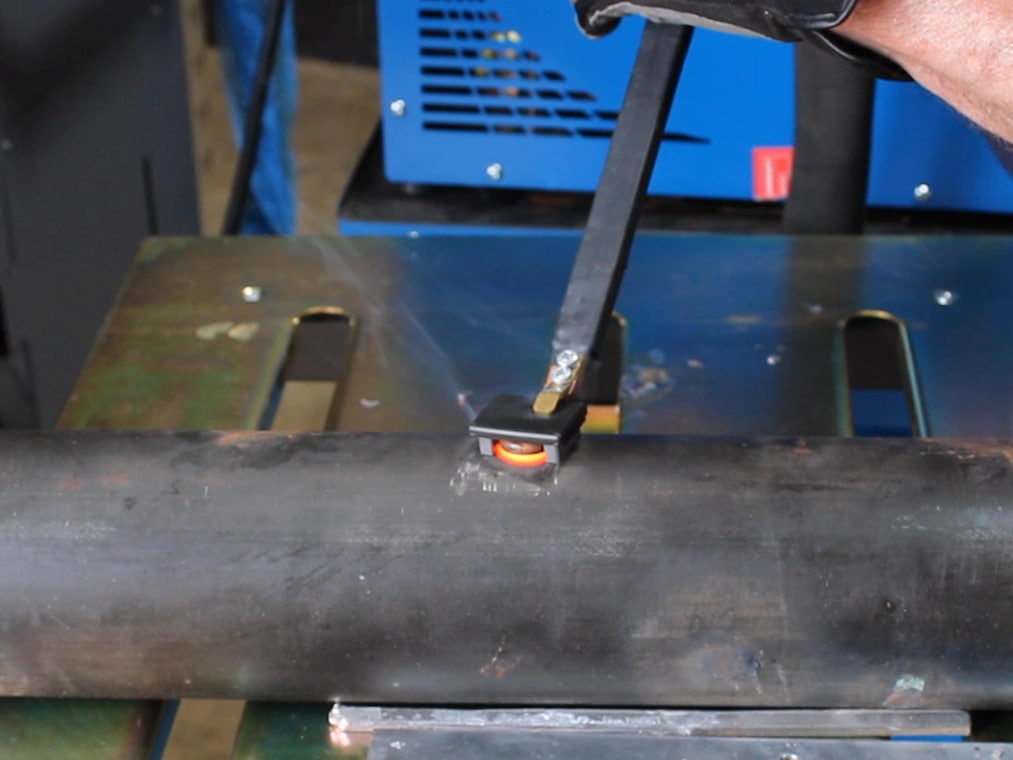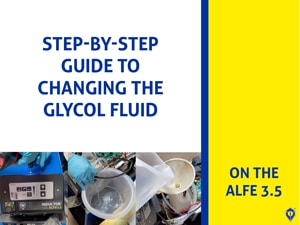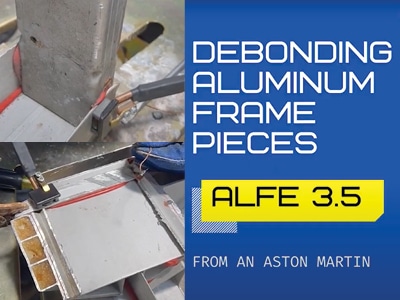Your cart is currently empty!
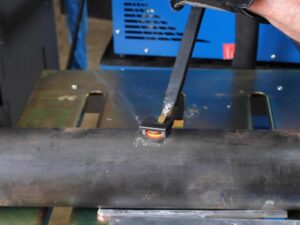 The test lab at Induction Innovations has been busy recently with our ALFe line of heavy-duty induction heaters. One application we have tested quite a bit is heating driveshafts. Instead of using the standard oxy-acetylene torch, induction heat is perfect for straightening driveshafts and frame rails. In this blog, we will simulate how to straighten the driveshaft and the difference between using the ALFE 3.5, 5.0, and 13,000 for that application.
The test lab at Induction Innovations has been busy recently with our ALFe line of heavy-duty induction heaters. One application we have tested quite a bit is heating driveshafts. Instead of using the standard oxy-acetylene torch, induction heat is perfect for straightening driveshafts and frame rails. In this blog, we will simulate how to straighten the driveshaft and the difference between using the ALFE 3.5, 5.0, and 13,000 for that application.
Straightening Frames or Drive Shafts
First, let us talk about driveshafts.
Aamco says, “A drive shaft is a rod-like component that transmits torque from your vehicle’s engine to the wheels. It is the shaft that drives your vehicle. The driveshaft transmits torque at varying angles between driveline components.” This also applies to heavy-duty equipment as well.
Oftentimes, driveshafts can get dented or bend due to numerous factors so the term “straightening” is a process of heating that dented spot to remove the dent, creating a perfectly straight shaft once more. Note: this same principle can also be applied to frame rails.
No matter the unit you are using, what you want to do is find out where the high point is on the shaft. The high point is where the metal is bent. Lucky for us at Induction Innovations, a customer gifted us a large-diameter driveshaft to see if we could heat it for this purpose.
Heating Drive Shafts with the ALFe Series
We decided to compare the quickness and heat levels of each ALFe series unit, heating the same driveshaft. We used the ALFe 3.5, 5.0, and 13,000 (see our new comparison sheet for more info on each unit).
With the ALFe 3.5, we were able to get the metal to 970 degrees Fahrenheit in about 12 and a half seconds.
Using the ALFe 5.0, we were able to get the metal up to 1,056 degrees Fahrenheit in just under 7 seconds.
And lastly, the ALFE 13,000 unit got the shaft 1500 degrees Fahrenheit in about 8 seconds, which allows you to work very quickly with a lot of power.
Another Use for Induction Heat: Lynch Pins
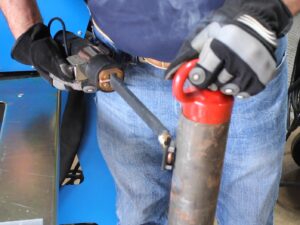 The last thing we wanted to talk about was removing a metal fixture from the shaft. For instance, let us say you have a pin inside that is rusted or corroded. Heating the pin will expand the lynchpin just enough to break the corrosion and rust so you can remove it. In our video, we were able to get it up to 700 degrees Fahrenheit in a short amount of time.
The last thing we wanted to talk about was removing a metal fixture from the shaft. For instance, let us say you have a pin inside that is rusted or corroded. Heating the pin will expand the lynchpin just enough to break the corrosion and rust so you can remove it. In our video, we were able to get it up to 700 degrees Fahrenheit in a short amount of time.
If there is a situation where the pin is stuck in the pipe but not corroded, then you can heat the outside pipe and let it expand so it will release the lynchpin.
Lynchpins are fasteners used to prevent a wheel or part from sliding off the axle. They are typically found on heavy equipment such as Ag, roadmaking, or mining equipment.
Temperature Indicators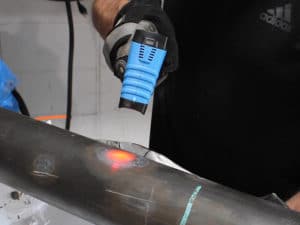
Do you need to heat metal to a specific temperature? We’ve got the tools for that!
Check out the Tempil Infrared Thermometer and temperature indicating paints or markers: Tempilaq Advanced and Tempilstik.
These tools help you verify the achievement of a specific temperature with accuracy.
Contact Us:
Have questions about our ALFe Series or these applications? Reach out to us via phone at 877-688-9633 or email at [email protected].
Follow us on social media: Facebook • Instagram • LinkedIn • TikTok • Twitter • YouTube

